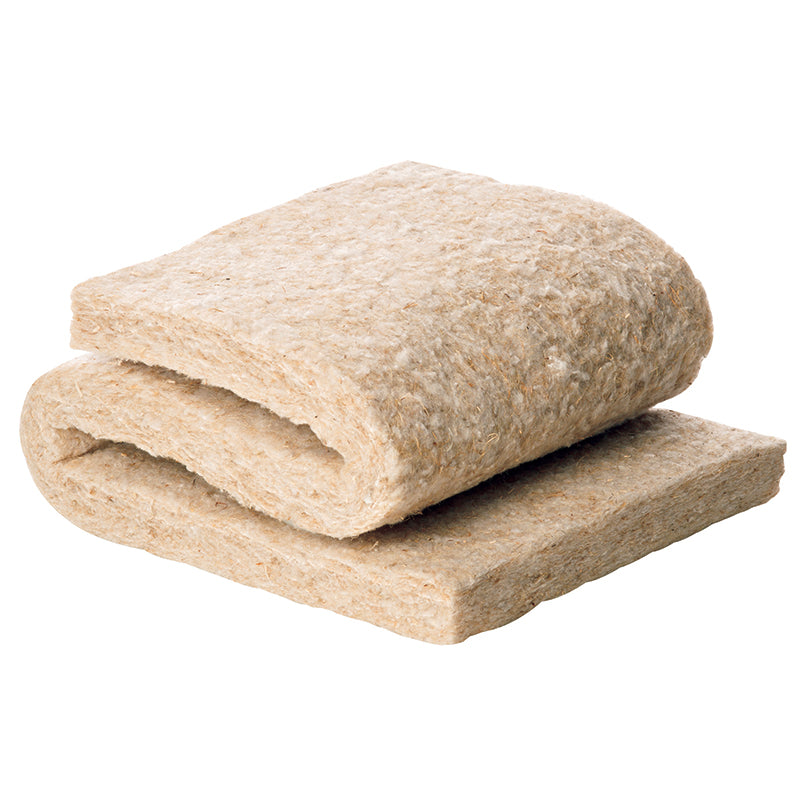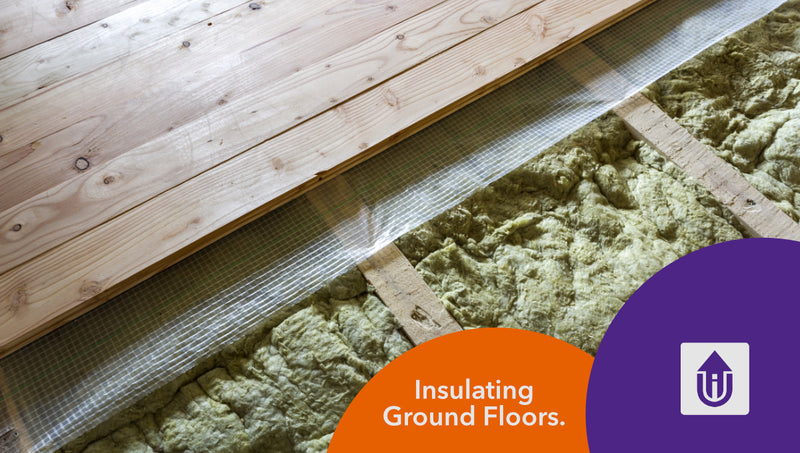A well-insulated loft space can conserve energy and save money!
Warm air in the home travels upwards so trapping this heat before it is lost at ceiling level makes sense. Energy savings from a properly insulated loft can be hundreds of pounds per year and the investment costs in this can be reclaimed back very fast when compared with other energy-saving upgrades.
But loft insulation is not a ‘one size fits all’ so how do we know which product, size or performance to consider?
What are the options available?
I am on a tight budget, live in a modern house and only need to top up my existing wool insulation. What should I buy?
- Glass wool or Mineral wool (rock fibre) roll insulation is an ideal option if you are topping up with additional layers on a budget. Low to medium performance Glass wool or Mineral wool would likely match the existing insulation layers in a modern property.
I need to Access the loft from time to time and I don’t want to come in contact with glass or mineral wool.
- Thermafleece Supasoft is an insulation made from recycled plastic bottles (polyester) and has better insulating properties than Glass or Mineral wool with none of the irritating fibres. Supasoft contains no harmful chemicals, binders or adhesives. Supasoft is similar to that used to insulate jackets and duvets and is so soft it can be fitted without the use of gloves and masks.
Alternatively, natural insulation could be used. By using dense natural fibre insulation the thermal mass of the structure can be increased helping reduce over-heating and maintaining a more stable indoor temperature all year round. The highly breathable properties of natural fibres help ensure a more stable moisture balance within the roof structure helping reduce the build-up of harmful moisture.
I have a lovely old house but the loft space is awkward, with irregular joist spacing. This makes the job of fitting pre-cut roll or slab insulation harder and more wasteful. What is the solution?
- Consider loose-fill insulation such as Thermofloc 12kg bags. Thermofloc is cellulose insulation material made from recycled newspaper wood-pulp. The compressed bags of Thermofloc are mixed and poured dry into the loft space which reduces waste and can ensure the insulation is tightly and evenly fitted between joist spaces. Thermofloc has very good thermal properties when compared to other loft insulations meaning more heat is retained in the rooms below. An additional benefit of Thermofloc is the density of the material is higher and this will help to reduce noise transfer.
I am looking for a natural loft insulation with high thermal performance – what are the best solutions?
Sheep's wool
Thermafleece Cosywool is made of soft, harmless sheep's wool fibres and a small amount of recycled plastic and is one of the most effective ways to significantly reduce energy consumption within buildings. It has very good thermal properties when compared to other loft insulations and is extremely versatile - it can be used in many roof applications as an alternative to conventional insulation. The density of the Thermafleece is medium, made up of short and long wool fibres, which help to reduce noise transfer.
Hemp fibre
Thermafleece Natrahemp is made of plant fibres. It has similar thermal and sound properties as Thermafleece sheep's wool but as plant fibres are grown they have an inherent lower embodied carbon footprint when compared to glass, mineral and animal wool insulation. They are soft and harmless and may be preferred by those who would like natural insulation but one that does not rely on animal products.
Wood Fibre
Steico Flex wood fibre slabs are made from waste wood fibres and have excellent thermal properties when compared to other loft insulations. Wood fibre is dense insulation and thus will also help reduce sound transfer. Even though the slabs are dense they are flexible enough to be friction fixed tightly in the loft. Similar to Thermafleece Natrahemp, wood fibres are grown and therefore have low embodied carbon and again may be preferred by those who would like natural insulation but one that does not rely on animal products.







